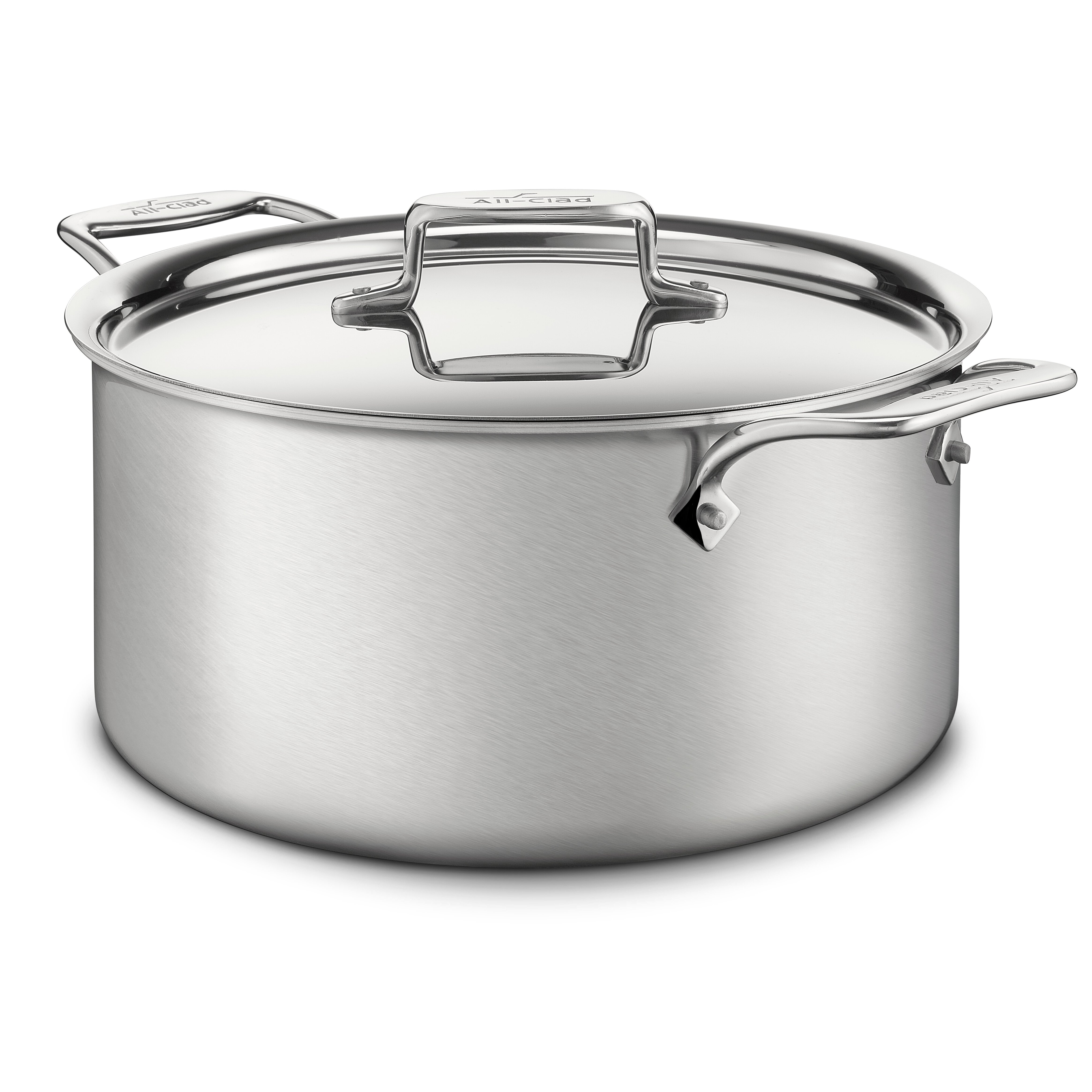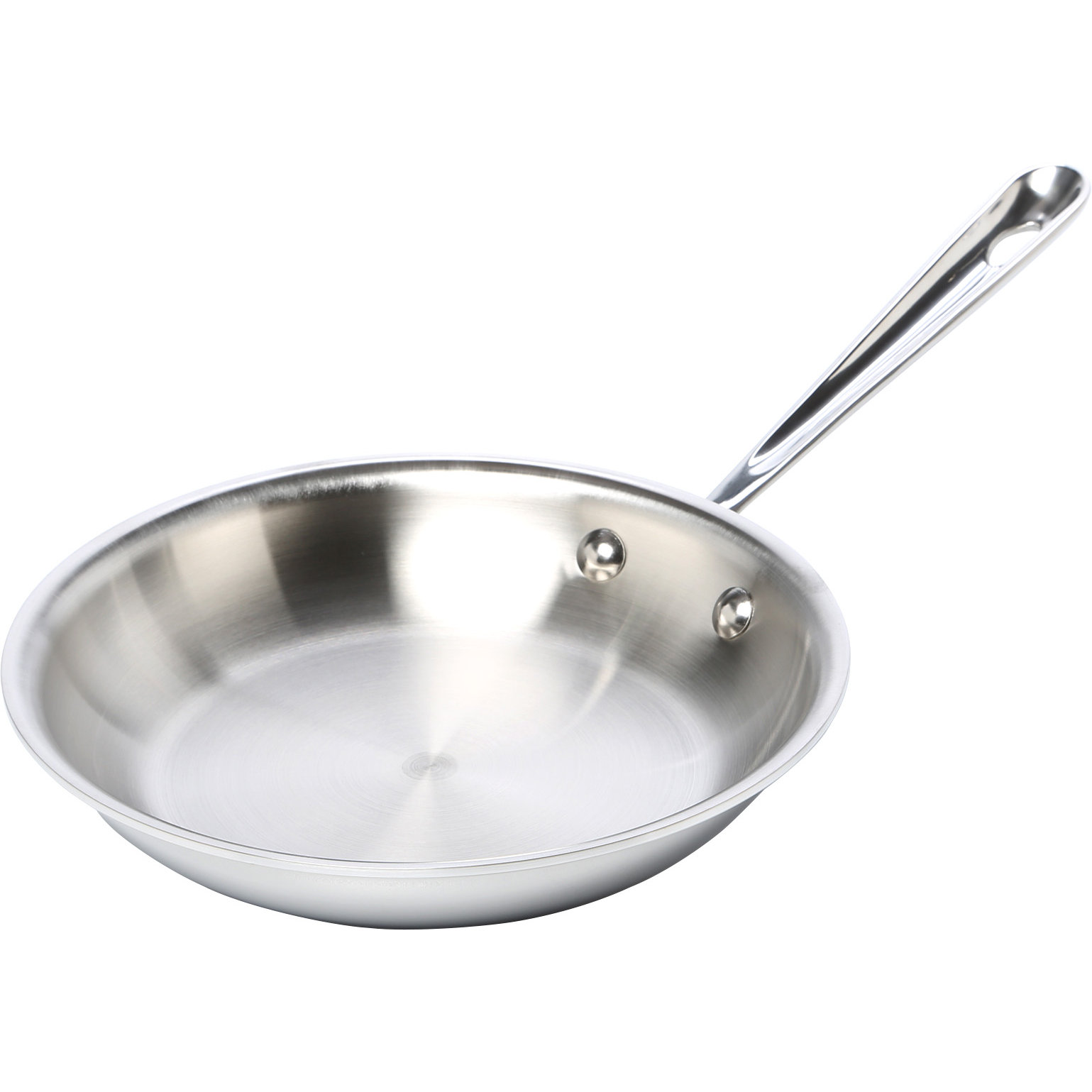
Called them back with the model # of the pot. I contacted the company the next morning. Usually my 19 month old is directly underfoot. I have holes burned into the linoleum across a large area. it burned a large hole into my sneaker, and sent liquid aluminum across my kitchen floor.

Out the cost of the cookware, some 250 and destroyed the burner and the plug-in unit, which will run close to 100 to repair on my own, more if I contract out the repair. This cookware MUST be removed from the market. By the way, All-Clad kept the damaged cookware…never returned it, but I have pictures! I urge everyone who has had these problems to contact the US Consumer Product Safety Commission and lodge a Consumer Product Incident Report. I loathe having to destroy a gorgeous set of cookware I had owned for just a few months, but I won't take the risk and even donate it. The burner reflected an implosion.Īll-Clad denied any defect in the product line and blamed it on my range burner…what about the folks who have gas or smoothtop? This product poses an extreme danger to anyone using it. The bottom of the pot reflected an explosion. However, my family or my pets could have been potentionally harmed had anyone been standing next to me. I was standing right next to it when it occurred, first a popping, smoke, and molten aluminum on my range and my clothes. The second occurred just shortly after I put a pot with water onto boil. I didn't find it until I went looking after the second. The first must have occurred when in use by a family member. Had two separate stock pots explode from the bottom spewing molten aluminum. One of the consumer entries: "Lisa of Woodbridge, VA April 21, 2009Įmerilware with All-Clad Metalcrafters. I use these pots and pans every day, but I am a little more careful about letting the kids wander underfoot in the kitchen.ġ Why yes, we are fun at parties, why do you ask? As this is just a freak, unintended interaction between the burner and the core of the pan, I don’t know that it could have been prevented. I can see it in my head, it’s just refusing to come out in a semi-articulate manner.*

*If you’ve been with me through the edits, just hang tight, I’ll get it right one of these times. Have you seen the newer ranges that use magnetic induction to heat pots while the surface of the range stays cool? This freak accident happened due to the same principle, only it happened in an uncontrolled way causing the temperature to surpass the melting point of the aluminum. And once in a while these magnetic fields can interact. It may be this centralized inductive build up of heat due to the excessive eddy currents in the aluminium layer that is causing temperaturess to exceed 1220 degrees fahrenheit and the eventual catostrophic failure of the cooking vessel.Īluminum is a nonferrous metal, meaning it cannot interact with magnets, but it can conduct a current, this current can create a magnetic field and sometimes the electric current in the burner can create a magnetic field. This is the source of the magnetic lines of flux, which interact with the non-ferrous metal layer in the pan through the Lorenz effect, to produce Eddy Currents (Note: You may be thinking that Hysteresis losses would play a big part in this, but you’d be wrong). Another effect produced by this is a rapidly expanding and collapsing magnetic field.

The basic premise of electric range operation is to pass current through a resistive conductor thereby transforming electrical energy to heat energy.

I’ll share his reason and then translate it from engineer 1 to English. My husband who is an electrical engineer in the steel industry, finally figured out a potential reason for this freak occurrence. Even at the highest setting, this is nowhere near the melting point of the aluminum core (1220F if you need to know) of the stainless steel set. These have thermostat (there’s a more accurate term for this, but I don’t know it offhand) that shut the burners on and off as they reach the appropriate temperature. However, it was a standard (non-inductive) smooth top electric range. If it were a gas range, I suppose, if the pot had boiled dry it would be possible for this to occur. Something strange happened though, I stopped by to see her at work one day and she told me this bizarre story of how one of her pans had melted, the bottom plate fell off and the liquid metal damaged her floor. I think it’s a great set for aspiring cook and so I gave my sister and her husband an identical set as a wedding present. I’ve slowly been supplementing the basic set with a few choice vanity pieces here and there. I’ve used the All-Clad Emerilware line for years (7), I love my cookware.


 0 kommentar(er)
0 kommentar(er)
